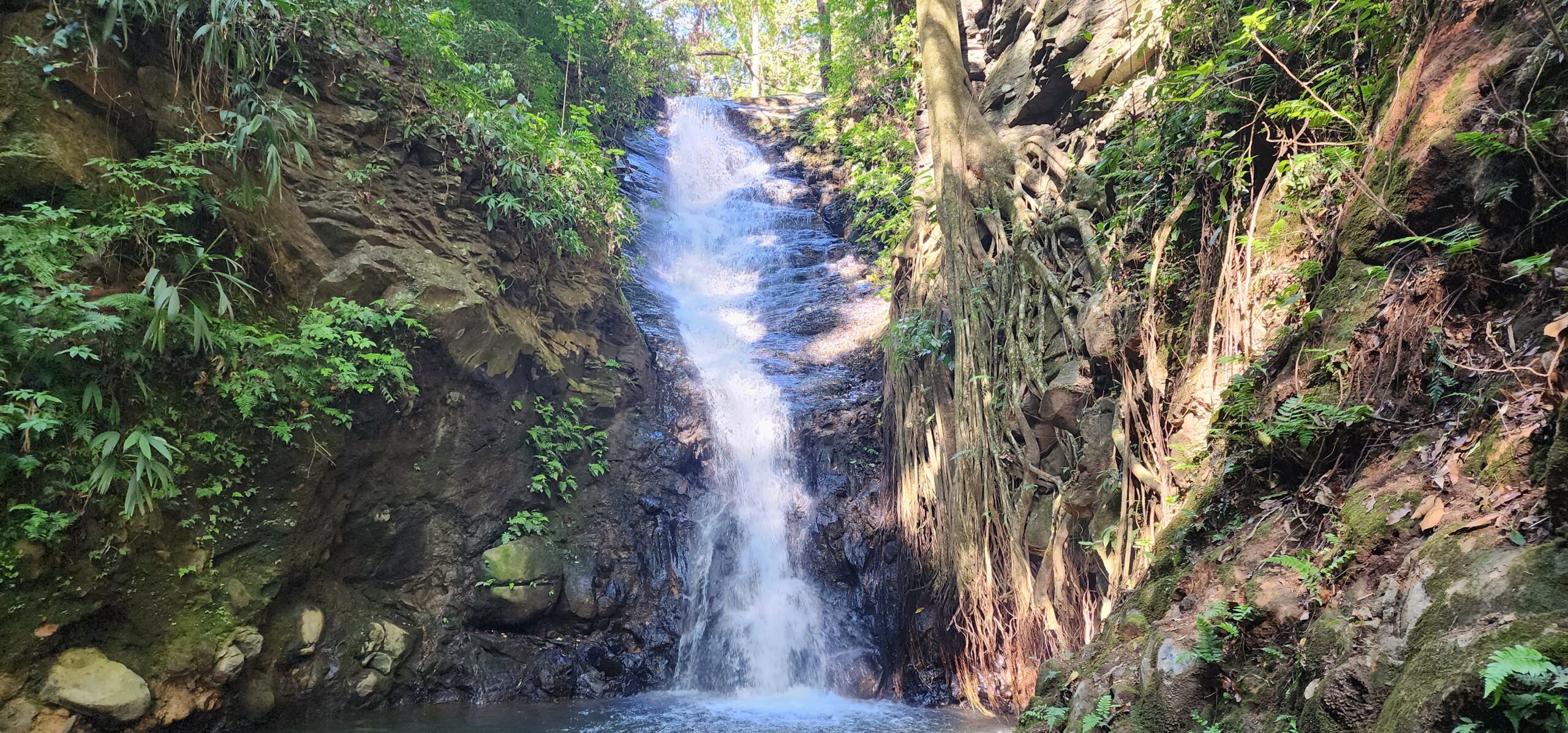This page may contain affiliate links.
Read our disclosure and privacy policy here.
Welcome to the wonderful world of ecosystemsAn ecosystem is a community of living organisms, like insects and birds, and non-living components, like water and rocks, that interact with each other in a specific area. Learn More, where organisms, big and small, from ants to whales, live in a complex web of relationships with each other and their environment!
Table of Contents
What Is An Ecosystem?
What are ecosystems, and why are they important?
An ecosystem is a communityA community is all the living organisms in an ecosystem. This includes animals, plants, fungi, and bacteria. It does not include dirt, rocks, water, and other non living things. of living organisms, like insects and birds, and non-living components, like water and rocks, that interact with each other in a specific area. That might sound complicated but here’s a simple example. Think of your local park; you have the non-living elements like dirt, water, rocks, and air. This provides the foundation for the thriving plant life: grass, flowers, trees, moss, and other vegetation. In turn, these plants are a source of food and shelter for the animals of the park, from the tiniest bacteria to the shy hedgehogs and the majestic birds. All these things work together in a delicate balance to form a working ecosystem, where everything is recycled and nothing is wasted.
Ecosystems come in all sizes. They can be small areas like a pond or a backyard garden, or even large regions like a rainforest or an ocean. No matter what size they are, all ecosystems have one thing in common: they are made up of many different organisms that work together to form a complex web of life. These interactions between organisms and their environment are essential for the survival of all living things. Healthy ecosystems provide us with resources such as food, water, and air, and play a vital role in maintaining the balance of the Earth’s climate and atmosphere. So, the healthier the environment and its ecosystems, the healthier we get too!
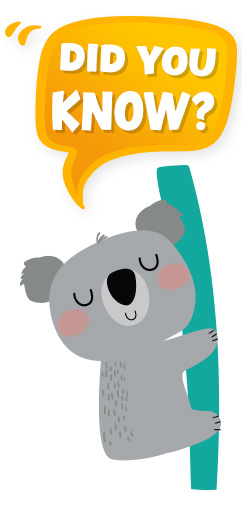
Did You Know?
Did You Know?
Download Printables
ZOOS IN A DROPLET
Some of the tiniest ecosystems on our planet can be found in just a single droplet of water! These miniature ecosystems are known as microhabitatsMicrohabitats are like tiny neighborhoods for plants and animals. They are special places within a larger habitat where certain plants and animals prefer to live. Just like we have different types of houses for different animals, microhabitats provide unique homes for different creatures. and they can be home to a wide variety of microscopic organisms such as bacteria and algae. You can find them everywhere, from the bark of trees to the fur of animals.
Some of the most fascinating microhabitats can be found in aquatic environments like ponds and streams. In these tiny droplets of water, you can find a complex web of life, with different organisms competing and cooperating to survive.
Some microhabitats are so small that they can only be seen with a microscopeAn analog or digital microscope is an essential tool for nature exploration. Click the link to see our recommendation and product review. Learn More, but they are no less important than larger ecosystems. In fact, the study of microhabitats is an important field of science that can help us better understand the delicate balance of life on our planet.
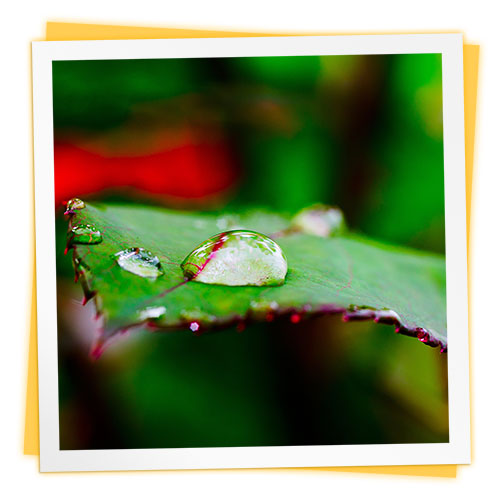
The Complex Relationships Within Ecosystems
The relationships between organisms living together in the same ecosystem are often intricate and delicate. Every organism has its role to play, and they all rely on each other to survive.
One of the simplest relationships in an ecosystem is predation: one organism is food for another. Let’s look at a simple example called a food chain: a caterpillar eats leaves, a bird eats the caterpillar, and a hawk eats the bird. If one of these organisms were to disappear, the entire food chain would be affected. But in reality, there are many different species of caterpillars and plants, which means you can’t draw a straight line to show how they all relate to each other. Instead, we call it a food web, which is like a big puzzle of connected links. From composers that break dead things down to the top predators like wolves and eagles, everything has a place in the food web.
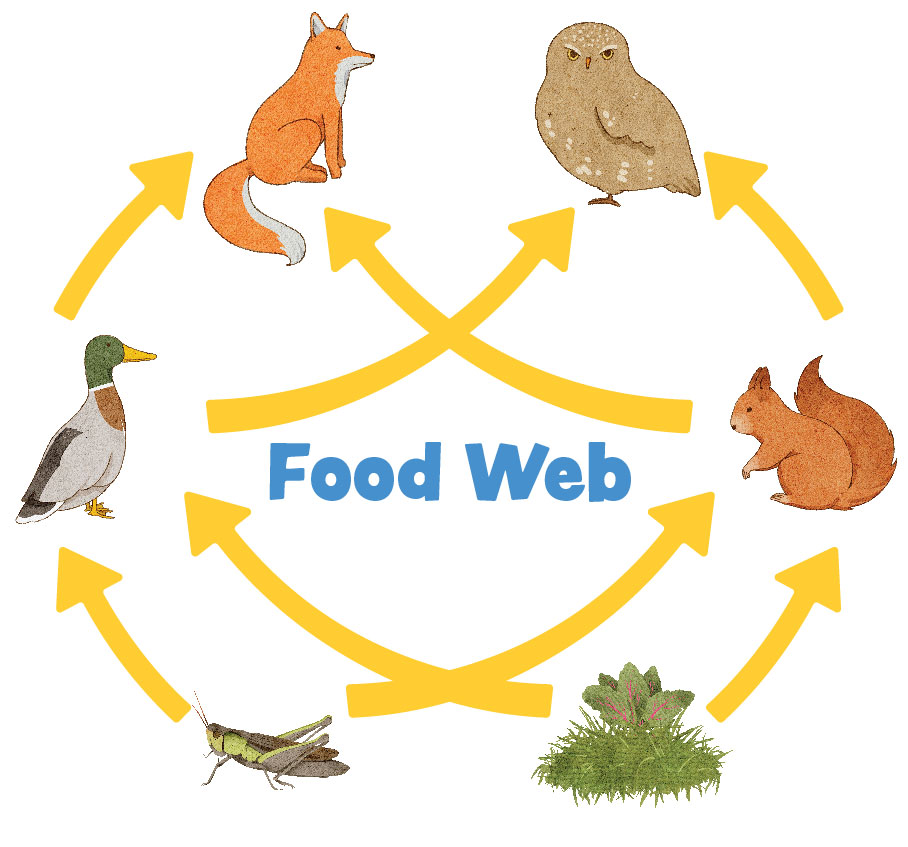
Organisms do a lot more than just eat each other! Some have special friendships where they both help each other out. This is called mutualism or symbiosisSymbiosis is a special relationship between different living things that help each other in some way. It’s like teamwork in nature! Symbiosis is all about cooperation and support in the natural world.. A great example of this are bees and flowers. Bees collect nectar and pollen from flowers, and in turn, they help the flowers by spreading their pollen around, helping them make fruit and seeds. It’s a win-win situation! Another amazing friendship in the animal world is between clownfish and sea anemones, which you might remember if you watched Finding Nemo. The clownfish is protected by the anemone’s stinging tentacles, which cannot hurt them, and in return, the clownfish brings food scraps for the anemone to eat.
There are many other types of relationships in nature. For example, animals of the same species may compete for the same resources like food, water, or shelter. This is called competition. Imagine two lions roaring at each other. It’s because they both want the same territory or the same food.
Just one more! Imagine a bird builds its nest in a tree. The bird benefits from having a safe and secure place to build its nest, while the tree doesn’t really seem to mind the bird’s presence. That kind of relationship is called commensalism, where one organism benefits from the relationship, while the other is unaffected.
OK so I think that you’re getting the picture here – there are a lot of different kinds of relationships between organisms in nature, and an ecosystem is made up of these relationships. Let’s move on!
The Importance of Biodiversity in Ecosystems
BiodiversityBiodiversity refers to the variety of living things in an ecosystem. The more biodiversity there is in an ecosystem, the healthier and stronger it is. is a measure of the amount of different types of plants and animals living together in an ecosystem. The more biodiversity there is, the healthier and stronger an ecosystem becomes. Think of it like a team – if you have a team with lots of different players with unique strengths, they can support each other and help cover for one another’s weaknesses.
Having a wide range of species in an ecosystem means that if one species is unable to fulfill its role, another species can take over that role and help maintain the balance of the ecosystem. For example, honey bees are important pollinators, but if they were to decline due to a disease, having other pollinators like bumblebees, butterflies, wasps, birds and bats can help ensure that pollination still occurs and that the ecosystem remains healthy. Basically, having a wide variety of species in an ecosystem provides a backup system that allows the ecosystem to adapt to unexpected events or disasters.

Did You Know?
Did You Know?
Download Printables
INSECTS RULE THE LAND
Insects are the true rulers of terrestrial ecosystems. They make up the widest variety of organisms with over 900,000 known species! From buzzing bees to crawling ants, insects can be found in almost every corner of the world, playing important roles in pollination, decompositionDecomposition is a natural process that happens when living things, like plants, animals, or other organic matter, break down into simpler substances. It is a part of the circle of life and plays an essential role in recycling nutrients back into the environment. Learn More, and pest control.
Their sheer abundance and variety make them vital to the balance of our planet’s ecosystems. Scientists are always discovering new species and uncovering fascinating insights into their behavior and adaptations. So next time you see a little bug scurrying across your path, remember that it’s just one tiny member of a vast and intricate world of insects that works very hard to keep the planet healthy and beautiful.
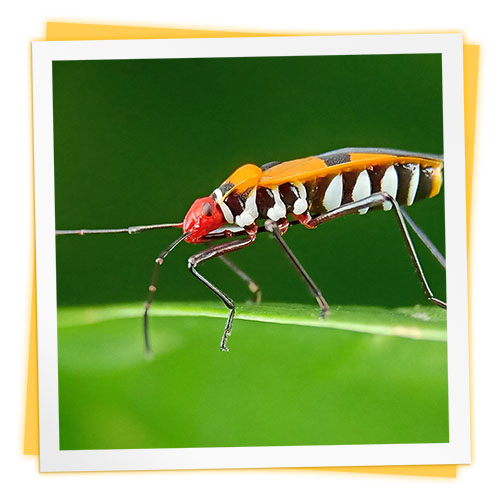
Protecting Ecosystems for Future Generations
Sadly, human actions like cutting down forests and polluting the environment are hurting the biodiversity of our ecosystems. This is a big problem because it means that ecosystems are becoming weaker and more vulnerable to damage. And when ecosystems suffer, humans also suffer because we rely on them for things like food, clean water, and fresh air. So, it’s really important that we take steps to protect biodiversity and keep our ecosystems healthy.
It’s really important that we take care of our ecosystems so that they can continue to provide us with the resources we need. This means reducing our impact on the environment, protecting biodiversity, and taking steps to reduce climate change. It also means learning about the ecosystems around us and how we can work together to protect them.
Think about this when you take a walk in the woods, go for a swim in the ocean, or explore a new natural space. Pause, and take a moment to appreciate the complex relationships and intricate balance of the ecosystem around you. Remember, every organism, no matter how small or how large, has an important role to play in its ecosystem.
What Did We Learn?
Here’s a quick summary of what we learned in this article.
- An ecosystem is a community of living organisms and non-living components that interact with each other in a specific area.
- Ecosystems come in all sizes. They range from a tiny drop of water, to small areas such as a pond or a forest to large regions such as a rainforest or an ocean.
- Healthy ecosystems provide us with resources such as food, water, and air and play a vital role in maintaining the balance of the Earth’s climate and atmosphere.
- The relationships between organisms living together in the same ecosystem are intricate and delicate. Every organism has a role to play, and they all depend on each other to survive.
- Biodiversity measures the amount of living organisms in an ecosystem. The more biodiversity there is, the healthier and stronger an ecosystem becomes.
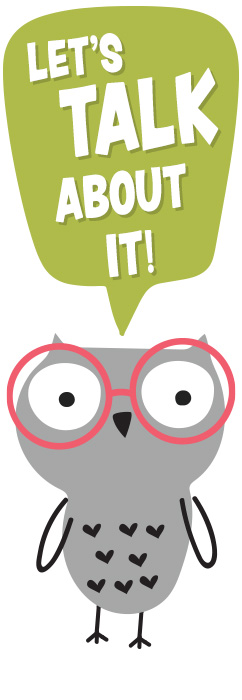
DISCUSSION
DISCUSSION
DISCUSSION
FOLLOW-UP TOPICS
Science Topics
Microhabitat
Microhabitats are miniature ecosystems that can be fascinating to explore. If you have a microscope you can examine microhabitats and the relationships between microscopic organisms in more detail. Get a few small vialsSmall sample collection vials are an essential explorer’s tool. You’ll need them to collect various samples and keep them safe in your pockets or your backpack while you continue to explore. Click the link to see our recommendations for vials. Learn More or containers and take your kids out to collect samples of microhabitats nearby. A teaspoon of water from a neighborhood pond, some moist moss, a scoop of dirt close to a rotting log are all microhabitats rich with living organisms.
Biodiversity
Food Web
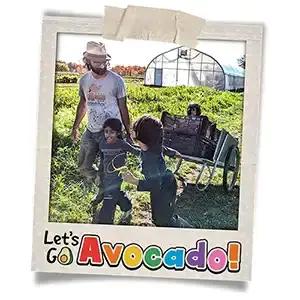
There’s a lot to explore right where we are, in our own neighborhoods and backyards! Join us while we get off the couch and explore the everyday wonders of nature, science, space, engineering, art, and anything else we stumble upon during on our adventures.


